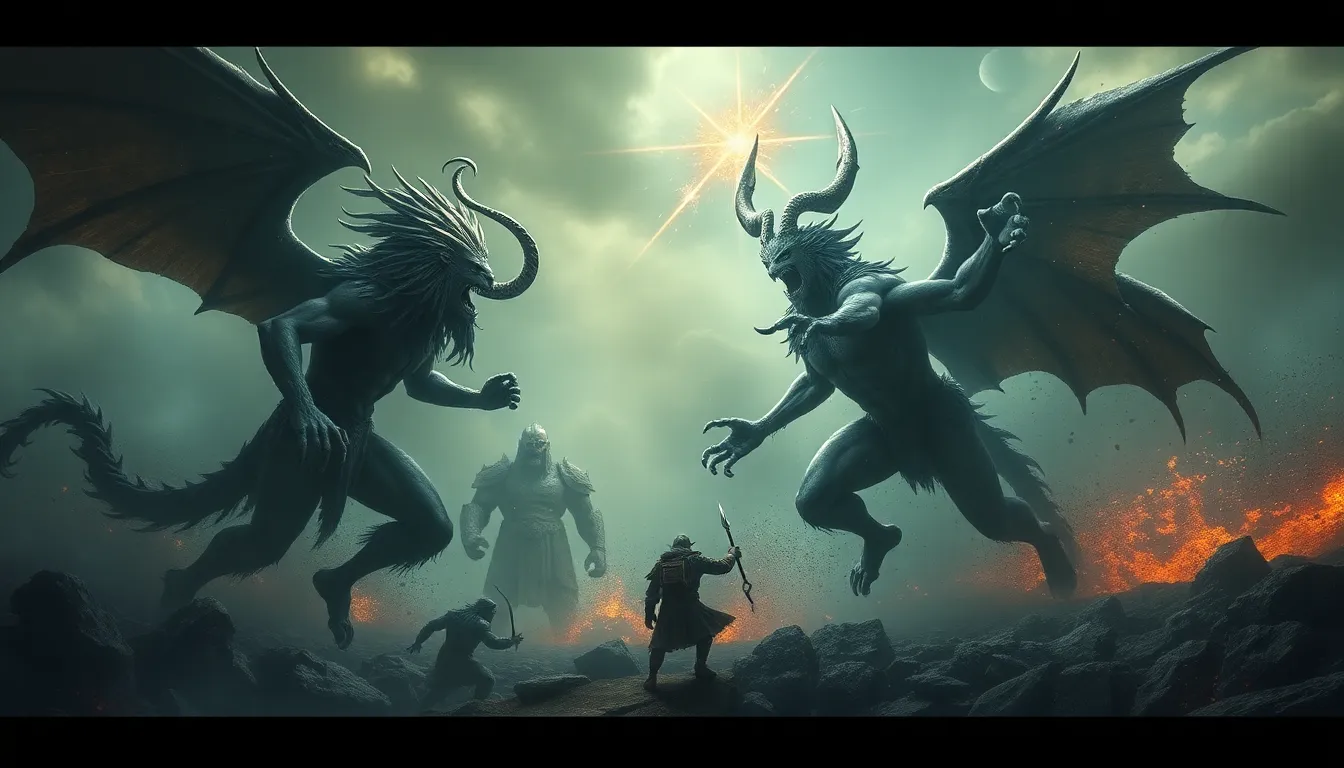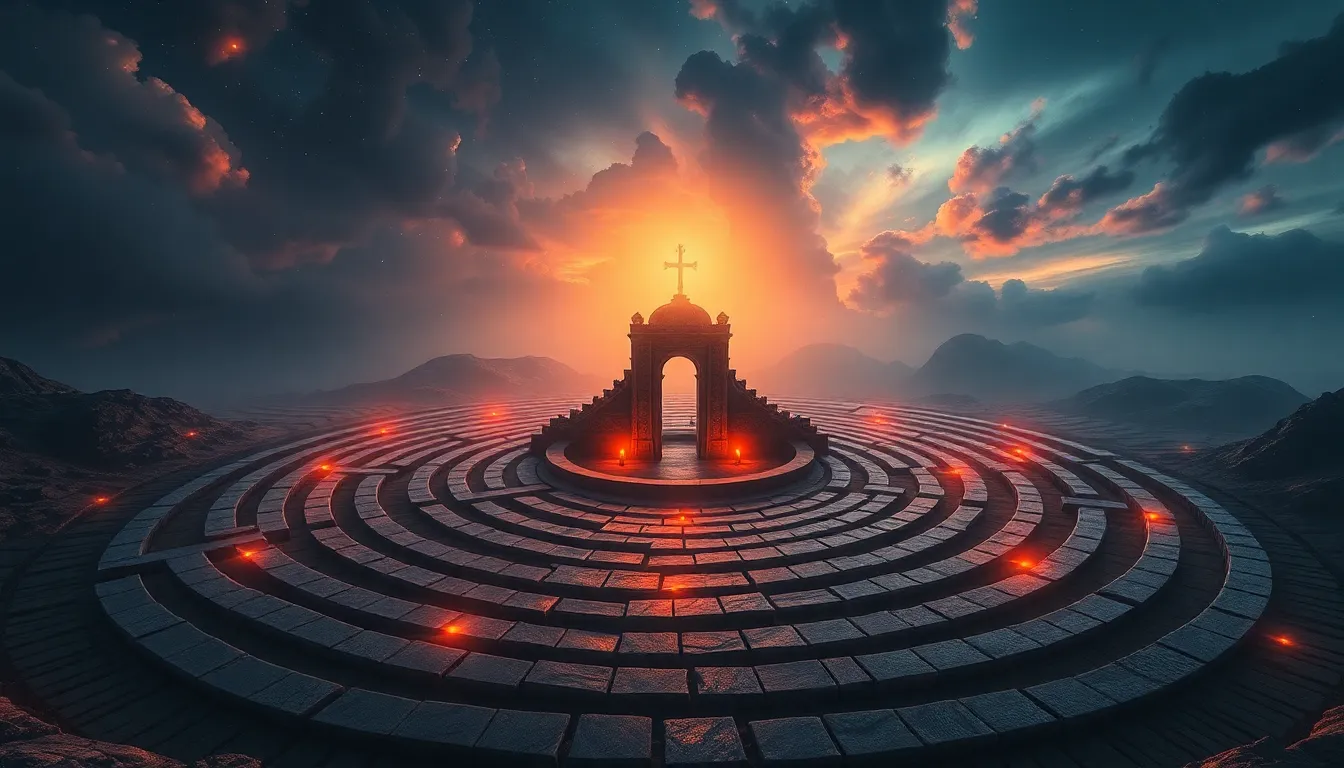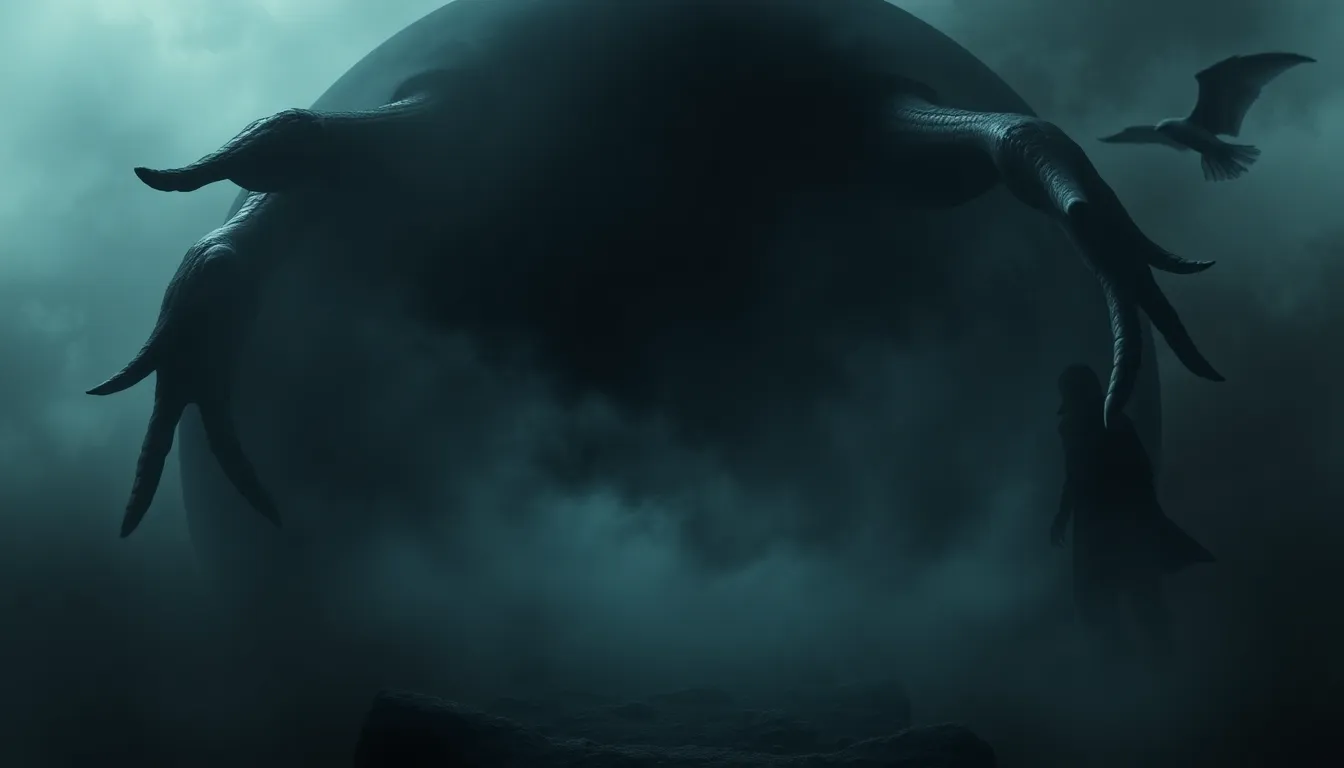Clash of the Ancients: The Most Dramatic Mythological Battles
I. Introduction to Mythological Battles
Mythological battles are epic confrontations that often define the narratives of ancient cultures. They serve as a window into the beliefs, fears, and values of societies long past. These battles are not just physical confrontations; they symbolize the struggle between good and evil, order and chaos, and often the gods themselves. In this article, we will explore some of the most dramatic battles from various mythologies around the world, examining their significance and impact on culture and literature.
II. The Titans vs. the Olympians: A Clash of Generations
The Titanomachy is one of the most significant battles in Greek mythology, representing a dramatic clash between the older generation of gods, the Titans, and the newer Olympians. This battle lasted for ten years and culminated in the overthrow of Cronus and the ascension of Zeus.
- Cronus: The leader of the Titans who feared being overthrown by his children.
- Zeus: The youngest son of Cronus, who rallied his siblings to fight for their freedom.
- The Olympian gods: Important figures like Poseidon, Hades, and Hera played crucial roles.
The Titanomachy was not just a struggle for power, but it also signified the transition to a new divine order. The victory of the Olympians established Zeus as the chief deity and set the stage for the myths that followed.
III. The Epic of Gilgamesh: The Battle Against Humbaba
The Epic of Gilgamesh is one of the oldest known works of literature, originating from ancient Mesopotamia. It tells the story of Gilgamesh, a historical king of Uruk, who embarks on a quest for immortality.
In one of the most dramatic episodes, Gilgamesh and his companion Enkidu confront Humbaba, the fearsome guardian of the Cedar Forest. Humbaba is depicted as a monstrous figure, instilling fear in all who encounter him.
- Humbaba: Described as having a terrifying visage and an aura that paralyzes his enemies.
- The battle: Gilgamesh and Enkidu use strategy and strength to defeat Humbaba, despite the guardian’s warnings.
Gilgamesh’s victory over Humbaba not only solidifies his reputation as a great hero but also reflects themes of friendship, bravery, and the quest for glory.
IV. The Ramayana: Rama’s Battle Against Ravana
The Ramayana is an ancient Indian epic that holds immense cultural significance. It narrates the life of Prince Rama and his battle against the demon king Ravana, who abducts Rama’s wife, Sita.
Ravana is portrayed as a powerful and learned king, yet his actions set the stage for his downfall.
- Rama: The embodiment of dharma (righteousness) and virtue, who seeks to rescue his wife.
- The battle: Rama, aided by his loyal brother Lakshmana and the monkey-god Hanuman, confronts Ravana in an epic showdown.
The Ramayana explores themes of duty, honor, and the struggle between good and evil, making Rama’s victory a profound statement on righteousness.
V. Norse Mythology: Ragnarok and the Final Battle of the Gods
Ragnarok is the prophesied end of the world in Norse mythology, marked by a series of cataclysmic events and the ultimate battle between the gods and their adversaries.
- Major participants: Key figures include Odin, Thor, Loki, and the monstrous wolf Fenrir.
- The significance: Ragnarok symbolizes the cyclical nature of life, death, and rebirth.
The themes of fate and renewal are deeply woven into the narrative, as the gods face their doom but also pave the way for the rebirth of the world.
VI. The Mahabharata: The Kurukshetra War
The Mahabharata is one of the longest epics in the world, detailing the great Kurukshetra War between the Pandavas and the Kauravas. This epic conflict is steeped in moral and philosophical dilemmas.
- Setting: The war is fought for the throne of Hastinapura, with deep family ties involved.
- Key characters: The noble Pandavas and their deceitful cousins, the Kauravas.
The Kurukshetra War raises questions about duty, justice, and the consequences of war, making it a timeless exploration of human existence.
VII. The Epic of Beowulf: The Hero’s Confrontation with Grendel
The Epic of Beowulf is a cornerstone of English literature, telling the story of its titular hero’s battles against various monsters, including Grendel, a creature terrorizing the kingdom of the Danes.
- Grendel: A monstrous antagonist representing chaos and evil.
- Beowulf: The epitome of heroism, who comes to aid King Hrothgar.
The confrontation with Grendel is symbolic of the classic struggle between good and evil, showcasing Beowulf’s bravery and the importance of heroism in society.
VIII. Egyptian Mythology: The Struggle Between Osiris and Set
In Egyptian mythology, the battle between Osiris and Set is pivotal. Osiris, the god of the afterlife, represents order and resurrection, while Set embodies chaos and disorder.
- Background: Set’s jealousy leads him to murder Osiris, initiating a struggle for the throne of the underworld.
- The implications: This battle affects the afterlife beliefs of the Egyptians, highlighting the importance of balance.
The Osiris myth has left a lasting legacy, influencing concepts of life, death, and resurrection in various cultures.
IX. Conclusion
Mythological battles are not merely tales of conflict; they embody the cultural values and existential questions of their times. From the Titanomachy to the struggles of Beowulf, these narratives continue to resonate, offering insights into the human condition and the timeless battle between good and evil. As we explore these epic confrontations, we gain a deeper understanding of the civilizations that crafted them and the lessons they impart.



